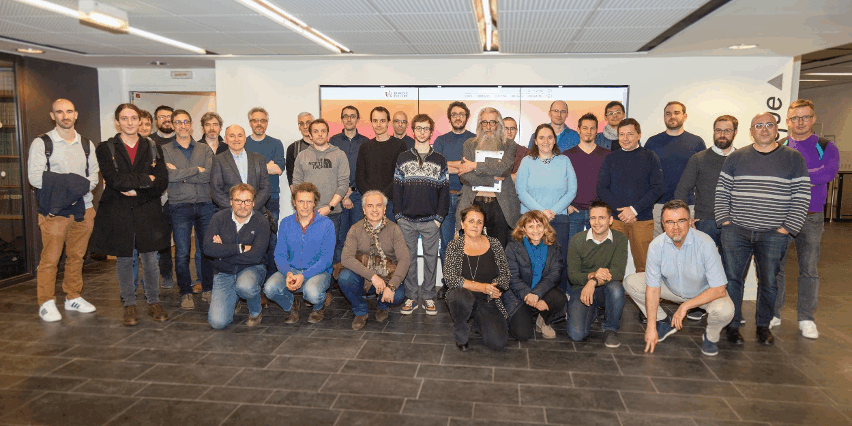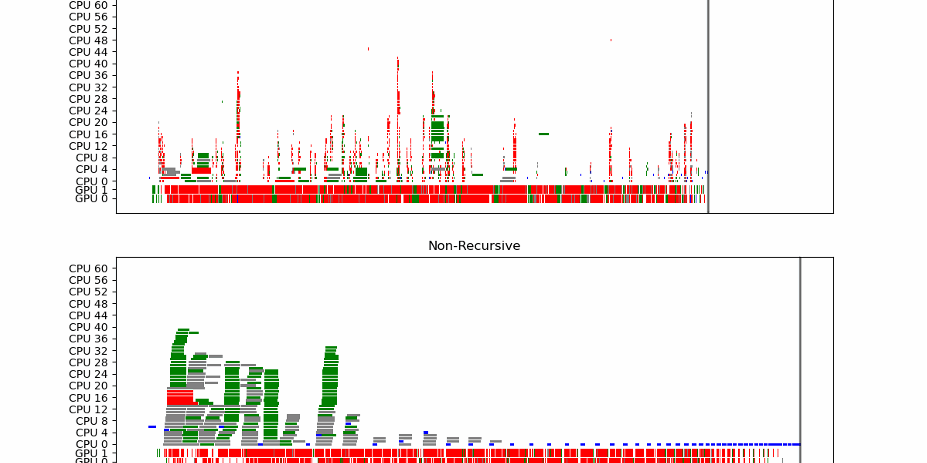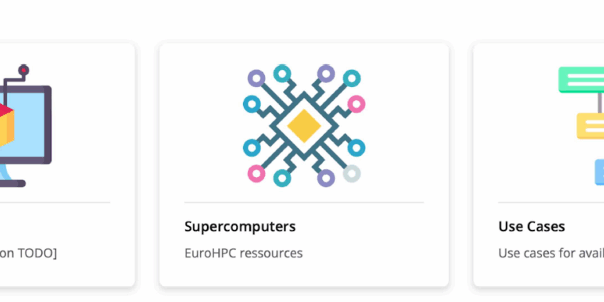Find all the information about Exa-DoST here.
A understanding of how scientific applications read and write data is key to designing storage systems that truly meet HPC needs. Fine-grained I/O characterization helps guide both optimization strategies and the architecture of future storage infrastructures.
Data is at the heart of scientific applications, whether it be input data or processing results. For several years, data management (reading and writing, also known as I/O) has been a barrier to the large-scale deployment of these applications. In order to design more efficient storage systems capable of absorbing and optimising this I/O, it is essential to understand how applications read and write data.
Thanks to the various tools and methods we have developed, we are able to produce a detailed characterisation of the I/O behaviour of scientific applications. For example, based on supercomputer execution data, we can show that less than a quarter of applications perform regular (periodic) accesses, or that concurrent accesses to the main storage system are less common than expected.
This type of result is decisive in several respects. For example, it allows us to propose I/O optimisation methods that respond to clearly identified application behaviours. Such characterisation is also a concrete element that influences the design choices of future storage systems, always with the aim of meeting the needs of scientific applications.

Figure: Step of data classification.
© PEPR NumPEx
NumPEx Newsletter
Subscribe to our newsletter to stay informed on the latest breakthroughs in High-Performance Computing, Exascale research, and cutting-edge digital innovations.









